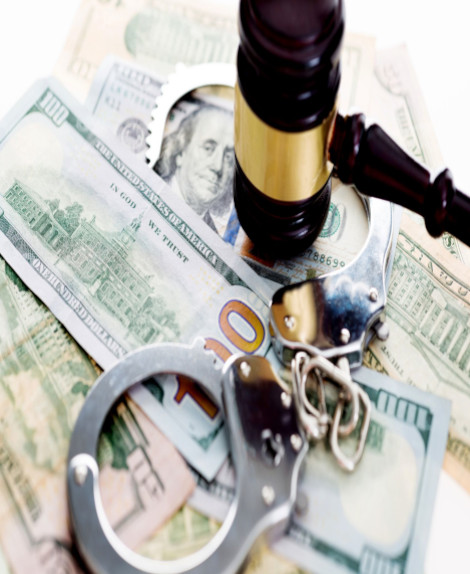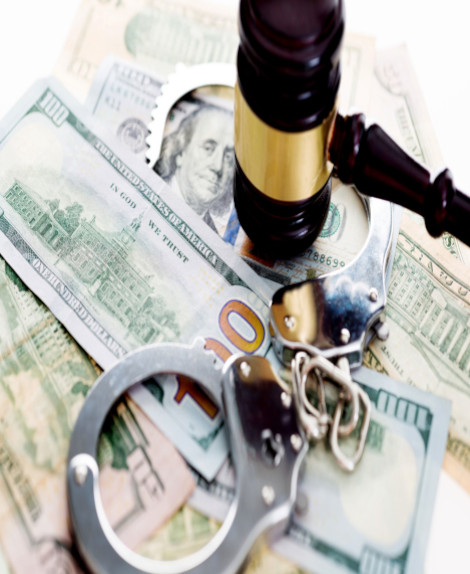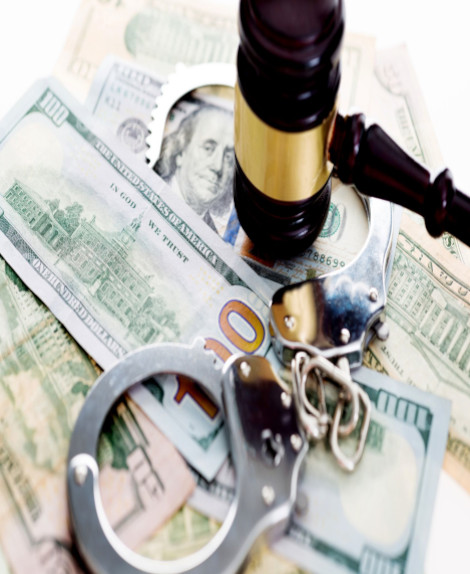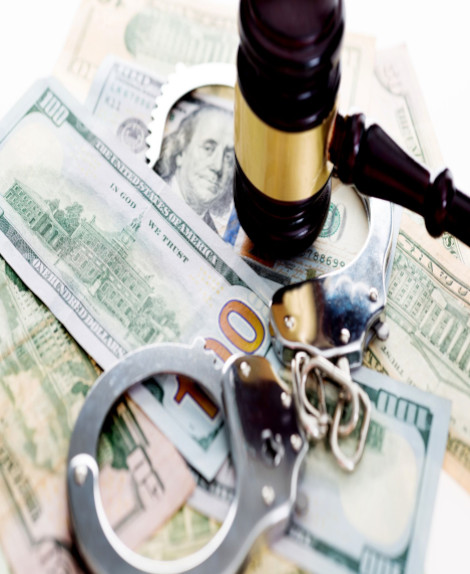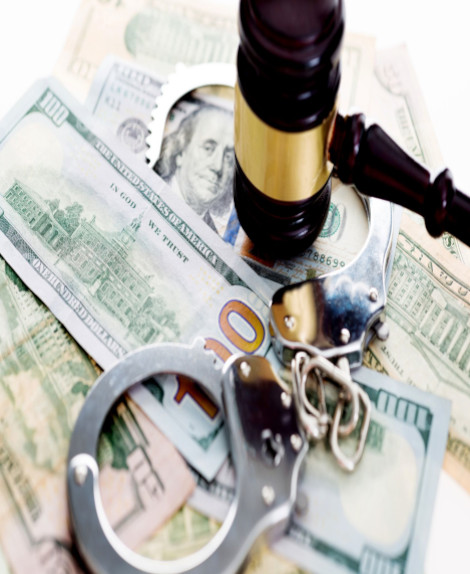THE MONEY LAUNDERING PROCEDURE
Three Stage Process
1. Placement or “Smurfing” This is where the criminal proceeds are converted,through a succession of small and anonymous. transactions or deposits, into bank accounts or other negotiable, redeemable or saleable instruments or objects. The bank account is generally opened in the name of a corporation especially set up, with the assistance (either willingly or subconsciously) of professionals such as lawyers, for the purpose of laundering money. These corporations or businesses are known as “fronts”, as their legitimate appearance conceals the illicit activities which generate the criminal proceeds. Small cash deposits are then repeatedly made into the bank account by a series of individuals. The amounts are always small enough to fall below the declaratory thresholds of the bank, thus ensuring that no further due diligence checks are made. The cash, being now in a legitimate entity, loses some of its original illicit origins when it is subsequently withdrawn or used to purchase further assets.
2. Layering “Layering” is the second stage of the money laundering process. Here, the proceeds are converted or moved further from the original source by purchasing legitimate assets, such as property. The asset is then sold on to an independent, and often unsuspecting, legitimate third party. This stage is often repeated several times, with the proceeds appearing a little more legitimate than they really are on each occasion.
3. Integration Some argue that integration, the final stage of the money laundering process, was the only stage that Meyer Lansky failed to successfully achieve in his operations. On this stage, the proceeds are injected into a legitimate economy. The most common example is where the proceeds are injected into a legitimate business that has a high percentage of cash sales (ie, a casino). The result is that the proceeds are ultimately cleaned and they supposedly lose all of their original illicit origins. A profit can ultimately be made from the original activity. There are arguments, however, that “dirty” money, money associated with criminal activities, can never lose its criminal origins no matter how many times the three-stage process is implemented. The reason is that proceeds never disappear. They just change their appearance and form, making it harder to trace them. Ultimately, money generated from criminal activity is more restrictive than normal “clean” money. It can only be invested in or spent on less visible and profitable activities. There always is a risk that the proceeds will lead authorities back to the initial criminal activity, and/ or the originator(s).
The link between money laundering and the financing of terrorism is, perhaps, not one which immediately comes to mind. Criminal and terrorist assets represent the same threats to financial and public stability. Criminal organisations benefit from the damage created as a result of militant actions and, as a consequence, subsidise such terrorist and guerrilla activities. After 11 September 2001, the global threat of terrorism and its widespread repercussions were propelled into both the public and political arenas. Proceeds generated as a result of illicit activities pose a threat not only to public safety, but also to financial institutions themselves and global economic development. The reason is that they allow criminal organisations to acquire a vast economic power. The events surrounding September 11 proved that terrorist groups, such as Al-Qaeda, are also increasingly building up financial empires (or war chests) with the specific aim to undermine public safety and international financial stability [1] . Up until September 11, it was felt that efforts made to improve the transparency and safety of the global financial system had been a success. It had enabled criminal money to be tracked. The severity of the terrorist attack contradicted this belief. It highlighted the obvious: the movements of suspected laundered funds were still indeterminable. Organisations can still hide the ownership of suspicious assets behind shell companies and offshore banking facades [1]. At the United Nations Conference on Combating Terrorist Financing in 2005, the Executive Director of the United Nations, Antonio María Costa, quoted Kofi Annan, the then UN Secretary General, when defining terrorism. He stated that; “Any action constitutes terrorism if it is intended to cause death or serious bodily injury to civilians or non-combatants with the purpose of intimidating a population or compelling a government or an international organization to do or abstain from doing any act.” The financing of terrorism is where funds or other property is made available, directly or indirectly, with the sole intention that the funds be used to further terrorism or to initiate terrorist acts to be carried out.
| UN: | After September 11, the United Nations Security Council were among the first to react to the threat of the financing of terrorism. Since the Third Prevention of Money Laundering and Financing of Terrorism Directive (Commission Directive 2006/70/EC), lawyers in countries that have transposed the legislation, are under a duty to report clients that are suspected of funding terrorist efforts, in a similar manner to the duty relating to suspected money laundering. |
|---|

